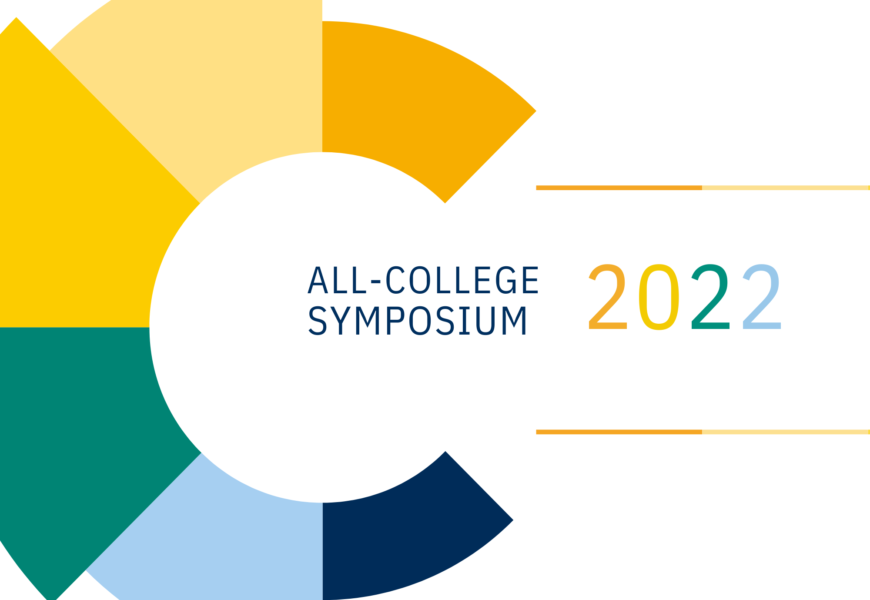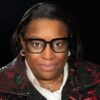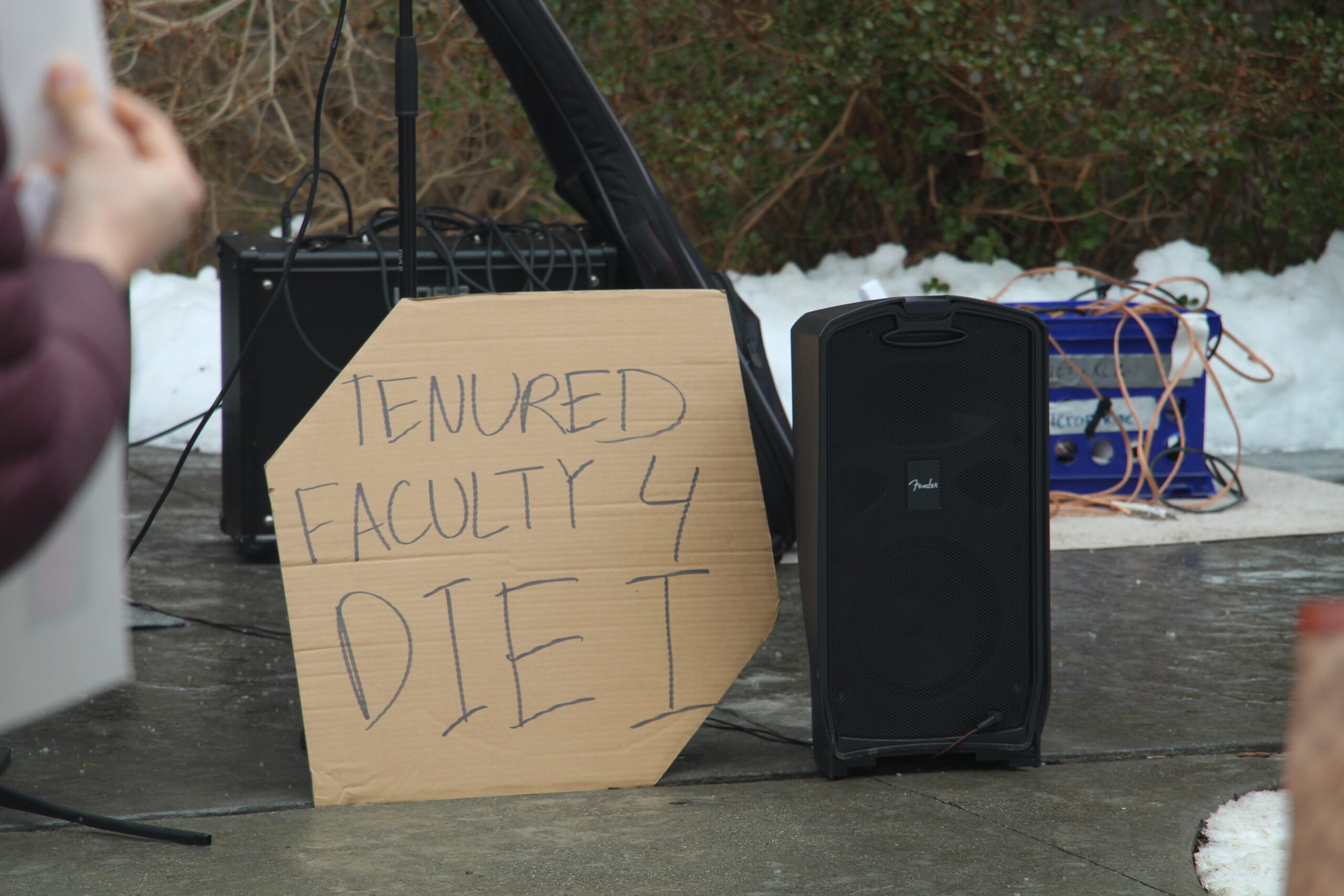This Nov. 3, the Connecticut College community will gather for the fourth annual All-College Symposium. In this symposium, seniors from different pathways and centers will present the research they have done through the college’s unique Connections curriculum.
Through the Connections curriculum, Connecticut College students are offered the opportunity to join an interdisciplinary center or pathway. These centers and pathways both offer students the opportunity to specialize their study in various topics. For example, the Ammerman Center for Arts and Technology allows students to combine the study of arts and technology. Similarly, the Media, Rhetoric, and Communication pathway allows students interested in media, communications, or journalism the opportunity to study these topics as the college does not offer these majors. Interested students apply for centers or declare for pathways during the first semester of their sophomore year. They then spend the next five semesters taking the necessary courses and researching to create a senior project.
This year, 239 of the 426 seniors (56%) are part of a center, pathway, or certificate program and will be presenting at the symposium. All five centers, ten pathways, and one certificate program will be presenting at this year’s symposium. In these presentations, seniors answer specific animating questions and explain how their learning in the Connections curriculum influenced their studies and research. “Students will share their animating questions and how they grew out of their courses, global/local experiences (internships, community partnerships or study abroad), and their majors and minors,” said Libby Friedman, Assistant Dean of the College for Connections. “Everyone’s question is unique and designed by the student, so it is very personal to them,” she added.
Some of these seniors choose to focus their projects on arts-related topics, one of whom was The College Voice’s own Co-Editor in Chief Catja Christensen ‘23. A Dance and English double major, Christensen is a member of the Media, Rhetoric, and Communications Pathway. Though Christensen is not a member of an inherently arts-related pathway or center, Christensen worked to keep her study of arts as relevant as possible.
In her presentation, Christensen showcases her experience in her two main interests: journalism and dance. She highlights how the internships she had in journalism connect with the experiences she has had in dance. “My animating question is how arts and culture reporting can reflect what society values at the time and also how it influences what society values over time,” said Christensen. To answer this question, Christensen draws on what she has learned through internships she has had with media outlets such as Final Bow for Yellowface, The Oslo Desk, and Pointe Magazine.
Christensen was drawn to the Media, Rhetoric and Communications Pathway because it allowed her the opportunity to study topics surrounding journalism. “I joined the pathway because there is no other journalism related anything on campus,” said Christensen. “[The pathways] would focus my studies I could take my English and Dance majors and try to combine them,” she added.
On another note, Moqu Alqudah ’23 created an original dance show for his Ammerman Center project. A Dance major, Alqudah’s production is titled “The Infinitive Cracked Hourglass: A Dance of Retrospection.” His production show- cases the many techniques Alqudah has learned over the years in dancing and the tech skills he has learned from the Ammerman Center. “I started working on my project sophomore year,” said Alqudah. “Initially, I wanted to do a dance film, and then it kind of formed into doing a piece, and now I’m doing a whole show,” he continued.
Alqudah fully choreographed his own show, and it will feature aspects of production design including lights, wearable technology, and sets made of wood. Alqudah said that the many challenges he has had to face in the Dance Department as a non-classically trained dancer motivated him to create his production. “The gist of the piece is how the interactions over the past four years bled into my life and in my heart,” he shared.
Like Alqudah, Adham Khalifa ‘23 is also a member of the Ammerman Center. Khalifa’s project is titled “Scene Description” and focuses on music technology. “My project aims to create a new form of engagement in musical performances that can allow people to experience music differently through haptics and visuals using computer vision and sound processing,” said Khalifa. Though initially unsure of his project’s subject, Khalifa found inspiration online. “I was watching a video about a deaf musician and was curious to learn how the deaf community developed ways to experience music through haptics,” said Khalifa. “Then, I thought about how the computer could help improve this experience by giving more details about a musical performance,” he added.
Coincidentally, fellow Ammerman Center member Lana Tilke ‘23 stumbled across her project medium online. “I landed on the medium of stained glass as a possibility [for my project] through the Instagram explore page and stained glass artists,” said Tilke. An Astrophysics major and Math and Computer Science double minor, Tilke focused on reflecting astronomical art and science communication through stained glass in their project. “Over the summer I did a research internship at the University of California Berkeley as a part of their SETI research institute,” said Tilke. “My work there as well as my previous interests in the field made me want to tell the story of SETI through art and technology,” they expressed.
Though difficult, the project idea grew on Tilke over time. “I got really excited about [my project] especially in connection to astronomy because astronomy is all about light filtering through glass,” said Tilke. “So to tie in that visceral aspect of what astronomy with the material I’m creating my art with has felt like I’m participating in something a little bigger than just my project,” Tilke continued.
Tilke was drawn to the Ammerman Center because of the opportunity it allowed them to combine interdisciplinary study. “The Ammerman Center was the reason why I ended up choosing to come to Connecticut College,” said Tilke. “Interdisciplinary work is something I’ve always been interested and involved in and I immediately knew I wanted to be involved with the Ammerman Center,” they shared. Though having so much freedom in something as important as a final project can be daunting for many, these seniors and many more presenters at the All-College Symposium have been able to truly combine their interdisciplinary passions into their passion-filled projects. •











